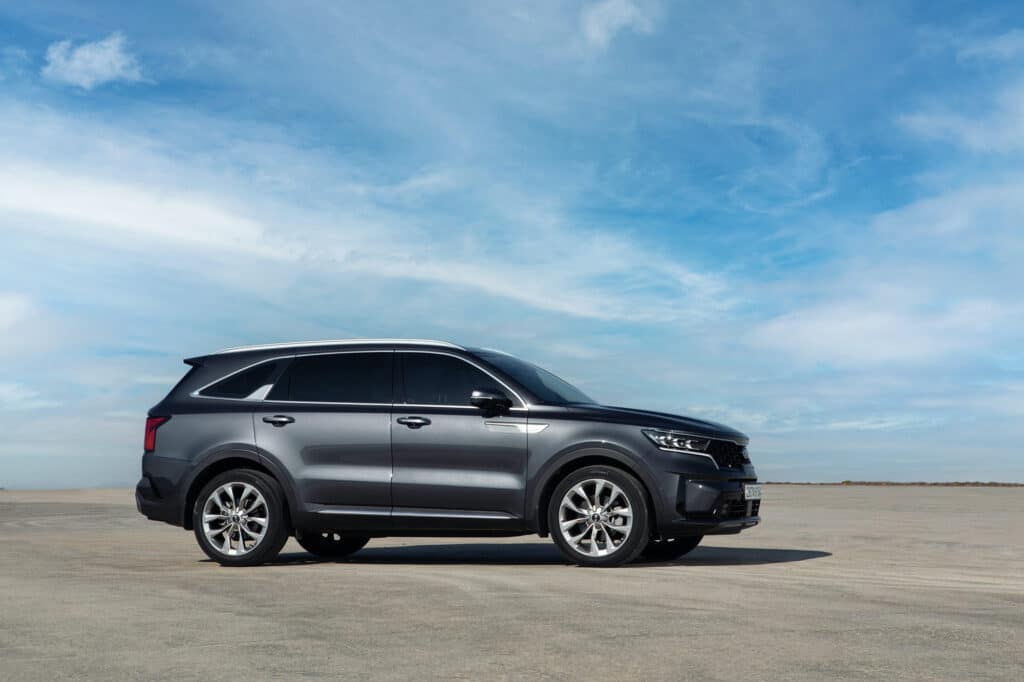Tinting your windows is a great way to protect your car’s interior from fading, warping, and cracking. It also protects your upholstery by filtering out harmful UV rays.
Most importantly, lightly tinted windshields do an excellent job of blocking glare from oncoming traffic which helps to reduce eye fatigue.
Despite the advantages, the use of window tint in Vermont is regulated. This has to do with the amount of privacy this upgrade affords.
Find everything you need to know about tint laws in Vermont in this guide.
Is Window Tint Legal in Vermont?

Instituted in 1984, the Vermont tint law dictates how dark or reflective your car’s window tint should be.
This is very useful information especially if you’ve purchased a lightly modified car with tinted or you intend on installing aftermarket tint on your daily driver.
Permitted Tint Darkness

Tint darkness is calculated in percentages, particularly in the form of a unit called VLT or visible light transmission.
VLT indicates the amount of light that can pass through any medium; in this application, it’s tint film. The lower the VLT, the darker the window tint will get, and the higher the VLT, the more light it will let in.

In most states, different VLT levels are prescribed for Sedans, SUVs, and vans. But in Vermont, it’s the same regardless of the car type:
Windshield: You can have a non-reflective tint above the AS-1 line
Driver-side windows: Tinting your driver’s side windows isn’t permitted
Passenger-side windows: Legally, you cannot apply tint film to your passenger-side windows
Rear window: No prescribed limit on tint darkness
Tint Reflection

Often, window tint can also have a metallic or mirrored effect that helps to reflect and filter unwanted light from the outside in. This effectively helps to reduce glare falling and also helps to block out some of the heat.
When you consider tint reflection vs tint darkness, both are quite different. Tint darkness is the amount of light that the film allows to pass through. On the other hand, tint reflection is the amount of light that is reflected by the film.
The use of reflective window tint is not permitted in this state.
Other Tint Rules You Need to Know
Some of the other tint rules that are important to know include:
- If your rear windows are tinted, then you need to install dual side mirrors
- Vermont does not restrict the use of any particular tint colors
- The tint law in this state does not require any sort of official sticker
- The state allows medical exemptions for the use of darker tints
State of Vermont Info

Situated in the New England region of the U.S., Vermont is the only state in New England that is not bordered by the Atlantic Ocean.
Vermont was discovered way back in the 1500s and was originally one of the 13 colonies. The area has been inhabited by indigenous people for over 12,000 years.
Vermont is the major producer of maple syrup in the country and is known for its stunning autumn foliage, ski resorts, cheese trails, and craft beer.
Population: 647,378
Capital: Montpelier
Registered vehicles: 607,890
Total lane miles: 29,273
Number of highways: 5
Tint law references: Vermont Statutes
Medical exemption info: Medical Exemption Application

